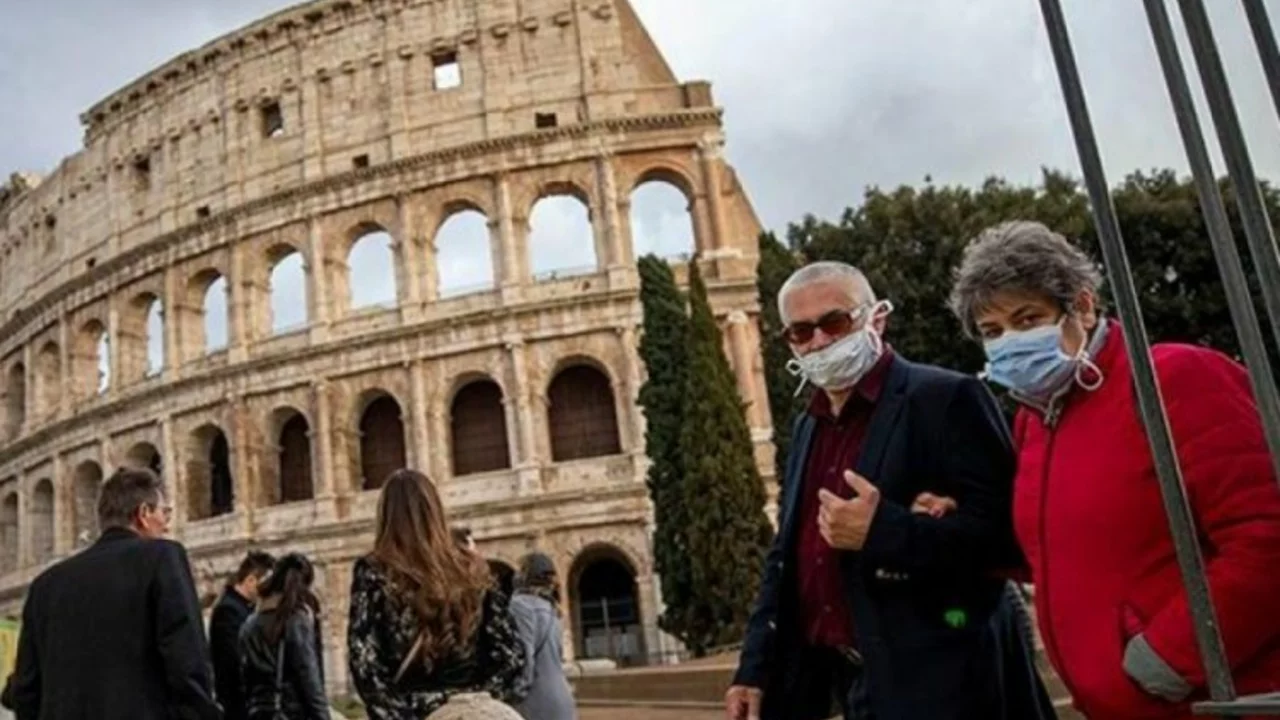Settling in Italy: Practical Guide for Indians
Moving to Italy is exciting and confusing at the same time. This guide gives clear steps you can use right away: paperwork, finding a home, healthcare, jobs, and daily life tips that save time and money.
First, sort your visa and residency. If you plan to work, get a work visa through a job offer. For family reunification, student, or elective residence visas, check the Italian consulate site for required documents. When you arrive, apply for a residence permit (permesso di soggiorno) within eight days. Keep copies of every form, receipt, and your passport pages; Italian bureaucracy responds better to complete files.
Housing can be fast or slow depending on the city. Milan and Rome are pricey; smaller cities like Bologna, Padua or Bari cost less. Use local Facebook groups, Subito, and real estate agents (agenzie immobiliari). Always visit the apartment in person, check for heating (important in winter), and ask about condominial fees. Get a written rental contract (contratto di locazione) and register it for tax purposes to avoid issues.
Money, jobs and taxes
Open a bank account as soon as you have a residence permit or a codice fiscale (tax code). The codice fiscale is needed for almost everything: signing a lease, opening accounts, seeing a doctor. If you search for work, use LinkedIn, Italian job sites like InfoJobs, and local recruitment agencies. Keep in mind some jobs require fluent Italian. Freelancers register as partita IVA; talk to a commercialista (accountant) to choose the right tax regime and avoid fines.
Healthcare, language and daily life
Register with the national health service (Servizio Sanitario Nazionale) to get a doctor and access public care. Private insurance can help while your registration is pending. Learn basic Italian fast — A2/B1 will open most doors. Free or low-cost language classes are often available through municipal centres or volunteer associations. For groceries and prices, shop at discount chains (Lidl, Eurospin) and local markets for fresh produce.
Use public transport where possible: trains and local buses are reliable between major towns. Drive only if you need flexibility; parking and ZTL zones in city centres can be costly. Get comfortable with recycling rules — Italy fines for wrong sorting. Join local expat groups and Indian community associations; they help with paperwork, festivals and finding familiar foods.
For families, research schools early. Public schools teach in Italian; international schools exist but cost more. Apply for child enrolment with local comune and carry birth certificates and translated documents. Buy a local SIM on arrival — prepay cards work. Set up utilities (gas, electricity, internet) after signing the lease; read the meter and keep landlord receipts.
Final practical tips: carry copies of important documents, always ask for receipts, and keep emergency contacts (nearest consulate, local doctor). Give yourself three to six months to settle — the first months are mainly admin. Once paperwork and basics are in place, you can enjoy the food, art and slower pace that make Italy appealing.

How is life for an Indian in Italy for settling?
Living as an Indian in Italy can be quite an adventure, filled with unique experiences and challenges. While the stunning landscapes, rich history, and delectable food are enticing, the language barrier and cultural differences can be tough to navigate. Finding Indian communities and grocery stores selling Indian spices and food items is comforting, but workplace discrimination can be a dampener. The Italian bureaucracy can often prove to be a headache, but once settled, the laid-back lifestyle can be quite enjoyable. Overall, it's a mixed bag of experiences that makes life interesting and worth exploring.
Expat Life & Immigration



